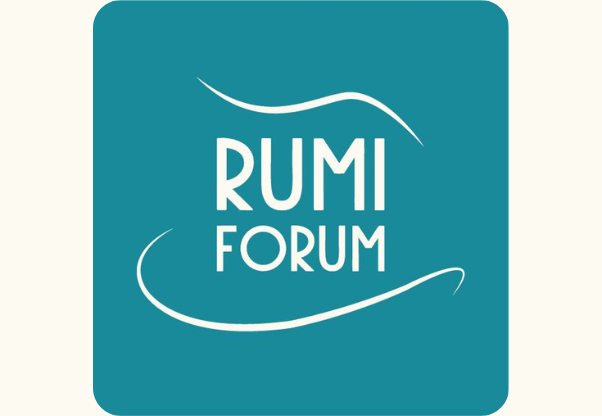After concluding the preceding section on the subject of active reconstruction projects the research was interested in exploring the future and feasibility of future reconstruction projects. This meant thinking about the nature, scope, and the way future homegrown and international initiatives would present themselves in the region. After navigating the subject, several themes in the form of limitations presented themselves. The condition of scarcity of time, money, and human capital is always present, so to indulge the reader on economic matters that impact social units as small as families to as large as countries all over the world would have not been very revealing for the regional interest of the paper. Instead I chose to focus on limitations that are unique to the Levant and in many cases also consequences of the ISIL era.
Personally, the most intriguing limitation was what I titled “differentiated investment and return potential,” which refers to the concentration of reconstruction efforts, especially ones that rely on international funding and task forces, in major cities at the expense of vast topographies that also require attention but fall off the radar. The consequences of this reality cannot be understated and have important ramifications as it pertains to economic disparity and extremist recruitment that preys on resentment or grief over one’s financial condition. Furthermore, this reality places an even larger burden on homegrown initiatives to secure funding, attention, and human capital for areas deemed unimportant to the broader global community.
While any limitation on the admirable goal of reconstruction is lamentable this limitation is particularly infuriating because it demonstrates an inhumane disregard for populations that suffered equally under ISIL but have no access to reconstruction because their spaces of living are not deemed culturally or economically important by a global community that lacks emotional proximity, and in some cases even an intellectual awareness of the importance of those populations’ livelihoods. In other words, this limitation underpins accusations that reconstruction projects, especially international ones, are interested only in preserving cultural heritage sites rather than securing prosperous futures for living natives. It also demonstrates an inability for the international community and ostensibly the state government to learn from its historical mistakes.
The consequences of the other limitations discussed in the paper are likewise far reaching and political. By no means are the limitations mentioned all-inclusive, but they each represent broad categories of logistical barriers that will define whether or not we will see more reconstruction projects in the future and whether these projects can expand interstate and transnational borders or if they remain the sole project of local leadership in each respective municipality. Nonetheless, active reconstruction projects and different historical eras whether in the Levant or elsewhere have shown us that one cannot underestimate the heroism and compassion of individuals dedicated to a cause.
The Pope’s recent and historical March 2021 visit to Erbil, Kurdistan Region of Iraq and meeting with the leaders of Iraq’s numerous religious communities was a testament to how a little inspiration goes a long way for members of religious minorities who need a spark of hope to light a fire of change. This visit called on the international community to generate more interest for the cause and uplifted the spirits of those in the religious minority to remember that the world has not forgotten about them and the indispensable cultural and linguistic heritage they have with the world’s first adherents of Christiniaty. I sincerely hope that the inhabitants of the Levant continue in their heroism and compassion to secure a more promising life for themselves.
Author: Mona Elsaai




